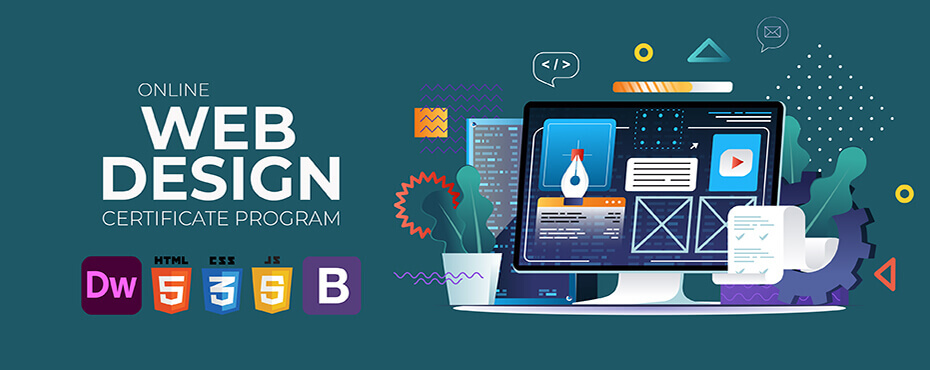5 Easy Steps for Exploring a Career Change to Technology Industries

Are you unhappy with your current career path?
Are you feeling like it’s time for a career change, but you’re not sure what to do next? If so, you may want to consider a career in technology.
Technology industries are growing rapidly, and they offer many opportunities for advancement. In this guide, we will discuss five easy steps for exploring a career change to technology industries. Let’s get started!
Why technology?
The term “technology” could mean hundreds of different things, so it’s important to narrow your focus. What are you interested in? Do you want to work with computers, software, or hardware? Do you want to be a developer, an engineer, or a designer? Which industry are you thinking about?
Once you’ve decided what area of technology you’re interested in, you can start researching specific companies and roles.
So how do I go about finding my focus? It’s not easy to narrow your focus, so that brings us to the first step:
1) Define your current valuable skills
The first step is to assess your skills and experience. Do you have the hard skills required for the role you’re interested in? If not, are you willing to learn? Many people pursue careers in technology because they’re excited about the challenge of learning new things. If that’s true for you, then a career in technology may be a good fit.

Even if you don’t have the required hard skills, you may still have valuable soft skills that would be beneficial in a technology role. For example, are you good at problem solving? Do you work well under pressure? Do you enjoy working with others on a team? These are all qualities that are important in the technology industry.
If you don’t have the skills or experience required for the role you want, don’t worry. There are many ways to gain the skills you need.
I recommend you list them all out. There are two reasons for doing this. Firstly, you want to find inspiration from your current skill set that could guide which technology industries and disciplines you research first. Secondly, you might already have an idea of what interests you, and so identifying any skills gaps is useful as well.
2) Research the high demand skills
It pays to know what the job market is asking for, and what skills are in high demand. This way, you can focus your job search on roles that are a good fit for your skill set.
There are many ways to research which skills are in high demand. You can start by reading articles and blog posts about the latest trends in the industry. You can also talk to friends or family who work in the industry, or reach out to a professional mentor.

Once you’ve identified which skills are in demand, take some time to research how you can acquire those skills. There are many online courses and resources that can help you gain the skills you need.
In addition to researching which skills are in demand, it’s also important to research which companies are hiring. Talk to friends or family who work in the industry, and see if they know of any companies that are hiring. You can also search online job boards, or attend industry events and meetups.
3) Shortlist the interesting disciplines
You should have a snapshot of what you can offer and what the market wants. Now it’s time to start picking potential options.
There are many different types of roles in the technology industry, so it’s important to narrow your focus. What are you interested in? Do you want to work with computers, software, or hardware? Do you want to be a developer, an engineer, or a designer?
Once you’ve decided what area of technology you’re interested in, you can start researching specific companies and roles. Look up industry directories, such as The Muse or Built In, to research companies in your area of interest.
4) Set out your personal goals
You aren’t just going to now blast out your resume to a hundred companies and hope one lands a call. You need to take a step back to set out what you want to achieve with your next efforts. What are your goals?
Your goals should be specific, measurable, achievable, relevant and time-bound (SMART). That is, they should answer the who, what, when, where and why of your job search.
Some examples of SMART goals for a job search might be:
-To research and apply to five software engineering roles at companies in the Bay Area within the next two weeks
-To attend three industry events in the next month to network with professionals and learn about new job opportunities
-To research and reach out to five mentors working in software engineering within the next week
By taking the time to set out your goals, you can ensure that your job search is focused and efficient.
Reach out to friends or family who work in the industry, and see if they know of any companies that are hiring. You can also search online job boards, or attend industry events and meetups. Once you’ve found a few companies that you’re interested in, it’s time to start applying!
5) Start testing the market
When you’re applying for jobs, be sure to tailor your resume and cover letter to each specific role. In addition to highlighting your relevant skills and experience, be sure to showcase your passion for the industry.
Your approach should be systematic and a learning process. You will not hear back from everyone and that’s completely normal. The progress comes from testing out different tailored resumes and cover letters. Some versions will be more effective than others.
Don’t forget to keep track of your applications. Create a spreadsheet or document where you can track the companies you’ve applied to, the roles you’ve applied for, and the status of your application. This will help you stay organized and ensure that you follow up with each application in a timely manner.
Discipline and persistence
By following these steps, you can explore a career change to the technology industry with confidence. With a little research and planning, you can find a role that’s a perfect fit for your skills and interests.
Author
Naomi Rothwell-Boyd
Naomi is the founder of Tribe And Seek and an EMCC and CIPD accredited career and performance coach. She has coached people from a variety of backgrounds and industries, from graduates to senior executives.
Naomi was also the first in-house learning and development lead at the HR consultancy Lane4 (the leading L&D consultancy in the UK). She worked alongside olympic athletes to support clients like Kraft Heinz and TUI to develop their senior leaders. She also designed training at the Duke Of Edinburgh’s Award for both young and adult leaders.
No stranger to change, Naomi left a previous career in international development consulting behind and also fully overcame an accident that broke her neck.





